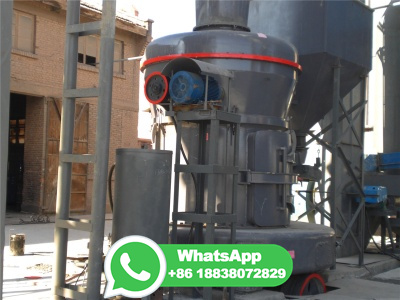Cement | PPT SlideShare
10. SPECIAL TYPES OF RAPID HARDENING PORTLAND CEMENT A) Ultra High Early Strength Cement The rapid strength development of this type of cement is achieved by grinding the cement to a very high fineness: 7000 to 9000 cm2/g. Because of this, the gypsum content has to be higher (4 percent expressed as SO3).



























